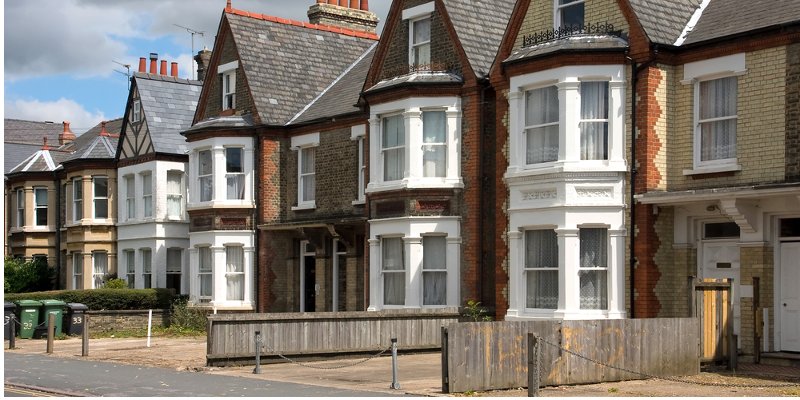Average house prices rose by 3.1% in the year to July 2018, the lowest annual rate since August 2013 when it was 3%, the ONS House Price Index has found.

Average house prices rose by 3.1% in the year to July 2018, the lowest annual rate since August 2013 when it was 3%, the ONS House Price Index has found.
The annual growth rate has slowed since mid-2016 and has remained under 5% throughout 2017 and 2018, with the exception of October 2017.
House prices are also down slightly from 3.2% in June 2018.
Kevin Roberts, director, Legal & General Mortgage Club, said: “Despite steadier year-on-year house price growth, recent statistics show that first-time buyers are having to dig deeper into their pockets to save for a deposit, with those in London needing to raise three times the amount required than in 2008.
“A lack of appropriate housing stock is creating a bottleneck in the market. It’s limiting options available to those looking to take their first or next step onto the ladder, as well as squeezing affordability.”
This slowdown in UK house price growth over the past two years is driven mainly by a slowdown in the south and east of England. The lowest annual growth was in London, where prices decreased by 0.7% over the year, down from an increase of 0.3% in the year to June 2018.
The lowest annual growth was in London, where prices decreased by 0.7% over the year. London has shown a general slowdown in its annual growth rate since mid-2016.
The second-lowest annual growth was in the South East, where prices increased by 1.8% in the year to July 2018, followed by the East of England, where prices increased by 2.4%.
This is the first time since May 2009 that London, the South East and the East of England have been the lowest-ranked regions for annual growth.
Peter Izard, business development manager at Investec Private Bank, said: “Investec continues to remain cautiously optimistic for the prime central property market in London.
“London is still one of the key centres of the financial world with a high undersupply of property throughout London.
“Only two thirds of the necessary marginal market will likely to be built so there is continuing problem around supply, with historicallylow interest rates and inflation adding to the positive outlook.”
The average UK house price was £231,000 in July 2018, £6,000 higher than in July 2017 and £2,000 higher than last month.
Across the UK, all houses showed an increase in average price in July 2018 when compared with the same month in the previous year.
Detached houses showed the biggest increase, rising by 4.6% in the year to July 2018 to £352,000. The average price of flats and maisonettes increased by 0.6% in the year to July 2018, to £208,000, the lowest annual growth of all property types.
Weaker growth in UK flats and maisonettes was driven by negative annual growth in London for this property type. London accounts for around 25% of all UK flats and maisonette transactions.
The main contribution to the increase in UK house prices came from England, where house prices rose by 3.0% over the year to July 2018, with the average price in England now £249,000.
Wales saw house prices increase by 4.2% over the last 12 months to stand at £157,000. In Scotland, the average price increased by 3.2% over the year to stand at £152,000.
The average price in Northern Ireland currently stands at £133,000, an increase of 4.4% over the year to Q2 2018.
London continued to be the region with the highest average house price at £485,000, followed by the South East and the East of England, which stood at £327,000 and £295,000 respectively. The lowest average price continued to be in the North East at £132,000.
The North West showed the highest annual growth, with prices increasing by 5.6% in the year to July 2018. This was followed by the South West and West Midlands regions (both 4.4%).



